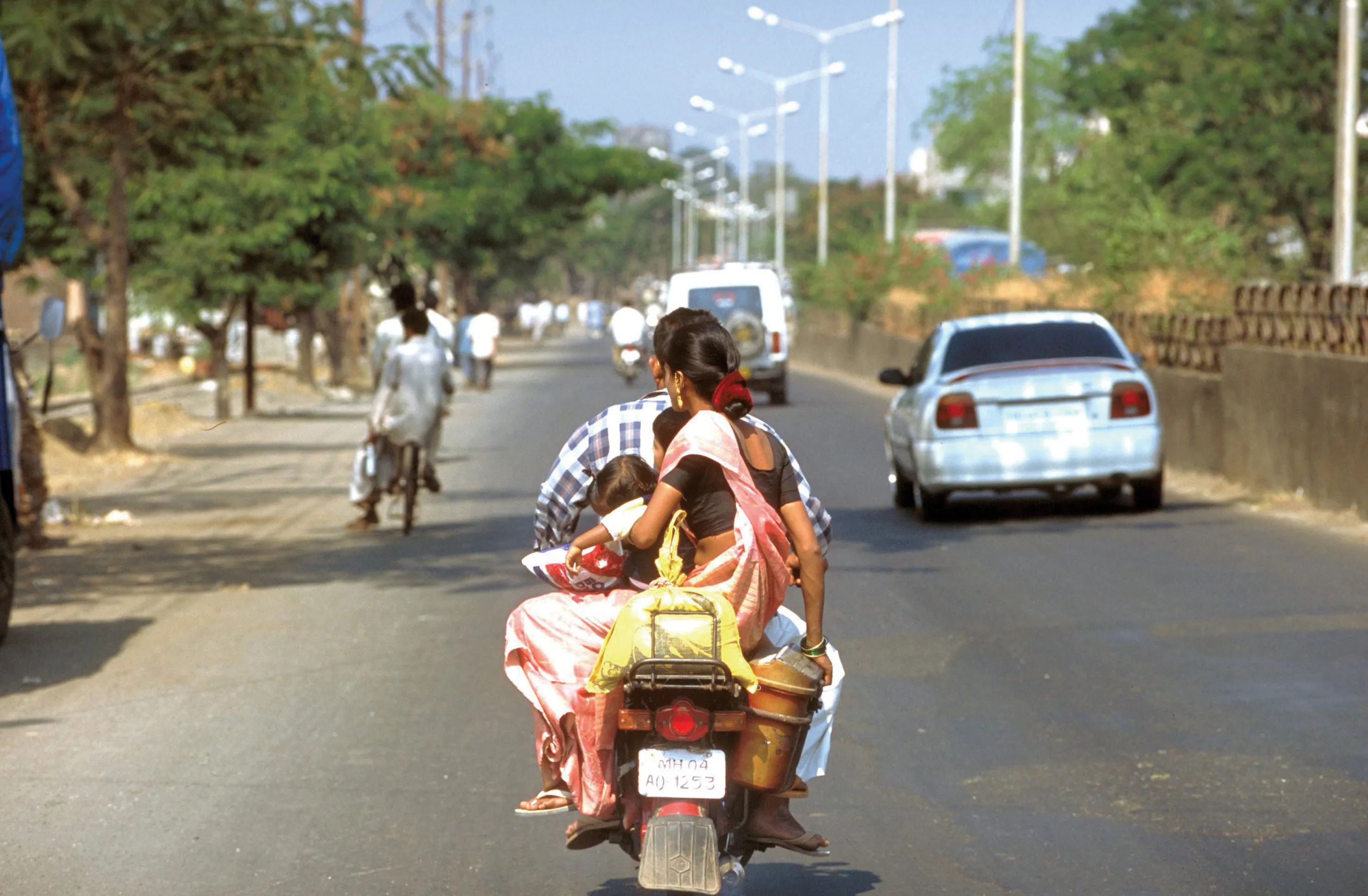Carried out using data from 10 countries, the report analysed 11 cases. The research used data from countries that have recently changed speed limits or introduced large-scale automatic speed control, such as time-over-distance cameras. The analysis confirmed the very strong relationship between speed and crash risk and that higher speed is associated with increased occurrence and severity of road crashes.
The study also echoes ETSC’s view that the default speed limit where motorised vehicles and vulnerable road users share the same space, such as in residential areas, should be 30km/h.
According to the report, speed has a direct influence on crash occurrence and severity. Its findings suggest that with higher driving speeds, the number of crashes and the crash severity increase disproportionally. With lower speeds the number of crashes and the crash severity decrease. This relationship has been captured in various models. The Nilsson ‘Power Model’ reveals that a 1% increase in average speed results in approximately a 2% increase in injury crash frequency, a 3% increase in severe crash frequency, and a 4% increase in fatal crash frequency.
As a result, reducing speed by a comparatively small figure can greatly reduce the risks of and severity of crashes. Lower driving speeds also benefit quality of life, especially in urban areas as the reduction of speed mitigates air pollution, greenhouse gas emissions, fuel consumption and noise.
All the cases indicated a strong relationship between speed and the number of crashes. A gain in mean speed was accompanied by an increase in the number of crashes and/or injured road users. Conversely, a decrease in mean speed was associated with a decrease in the number of crashes and injured road users. In no cases was a an increase in mean speed accompanied by a decrease in the number of crashes or casualties.
To reduce road trauma, governments need to reduce the speed on roads as well as speed differences between vehicles sharing the same road. Speed limits should be set to Safe System principles. Working towards a Safe System, reasonable speed limits are 30 km/h in built up areas where there is a mix of vulnerable road users and motor vehicle traffic. In other areas with intersections and high risk of side collisions 50km/h is appropriate. On rural roads without a median barrier to reduce the risk of head-on collisions, a speed limit of 70km/h is appropriate. In urban areas, speeds above 50 km/h are not acceptable, with the exception of limited access arterial roads with no interaction with non-motorised traffic. Where motorised vehicles and vulnerable road users share the same space, such as in residential areas, 30km/h is the recommended maximum.
Experience worldwide has proven the effectiveness of automatic speed control systems in reducing speed, and crash frequency. Using measurement of average speed over a section of road is a relatively new measure, but research shows it is effective in reducing speed and contributing to more homogenised traffic flow.
In addition to its impact on road crashes, speed has important impacts on the environment as it is strongly related to the emissions of greenhouse gases (mainly CO2) and of local pollutants (CO, NOx, HC, particulates), as well as to fuel consumption.
Safer speeds required says new report
A new report highlights speeding as a significant factor in a worryingly high percentage of road crashes. According to the report, inappropriate speed is responsible for between 20% and 30% of all road crashes involving fatalities. The report is based on a review of research into the relationship between speed and crash risk and has been produced by the OECD’s International Transport Forum (ITF).
June 18, 2018
Read time: 3 mins
A new report highlights speeding as a significant factor in a worryingly high percentage of road crashes. According to the report, inappropriate speed is responsible for between 20% and 30% of all road crashes involving fatalities. The report is based on a review of research into the relationship between speed and crash risk and has been produced by the OECD’s 1102 International Transport Forum (ITF).








